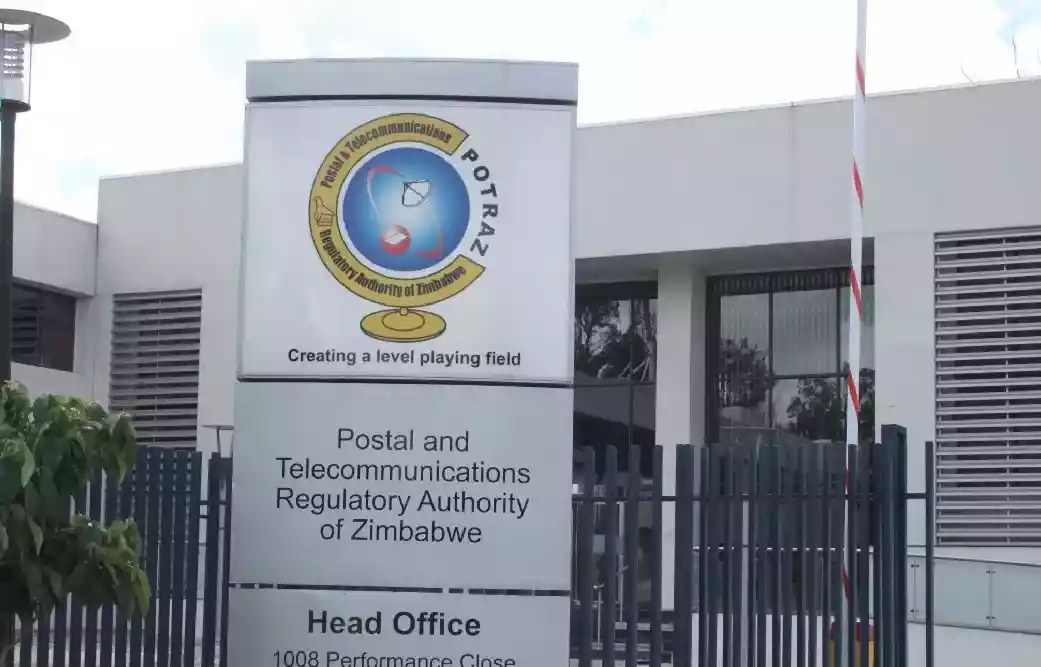
ZIMBABWE experienced a significant increase in macroeconomic fluctuations in June 2023, with the local currency losing over 55% of its value in both foreign exchange markets.
The increased instability is affecting many facets of the economy including, inter alia, financial reporting, asset valuation, contract negotiations, policy-making and regulation, and cost (production and living) estimation.
This week’s column, therefore, tracks and analyses economic indicators to identify the root causes of instability experienced in June.
Inflation
ZimStat blended inflation statistics show that prices mounted by 175,8% between June 2022 and June 2023, up from the 86,5% increase realised between May 2022 and May 2023.
In monthly terms (May 2023-June 2023), blended general prices spiked by 74,5%, up from the 15,7% increase recorded in the previous period (April 2023-May 2023). June 2023 inflation outturn shows that Zimbabwe is in a hyperinflationary mode.
Largely fuelling inflation in 1HY23 was the massive decline of the Zimbabwe dollar (ZWL) against the USD driven by excessive liquidity growth.
Due to United stated dollar (USD) liquidity challenges in the official markets and widening confidence deficit, corporates were benchmarking ZWL prices at or above parallel rates – forward pricing.
In addition, adverse inflation expectations, structural rigidities, increased money velocity and some spillovers from the Russia-Ukraine war were exerting upward pressures on prices.
Exchange rate
The ZWL massively plunged in the 1HY23. It erased 88,1% and 88,6% in the official and parallel markets respectively between the end of December 2022 and the end of June 2023.
In a bid to arrest ZWL's fragility and restore sanity in the economy, authorities instituted a cocktail of policy measures in May and early June. Resultantly, ZWL's decline in the official market peaked at pace for most of June 2023 as it resembled an improved ZWL price discovery process.
Between May 31 and June 27, the ZWL fell by a staggering 62,9% on the willing-buyer willing-seller (WBWS) interbank market. For the same period in the alternative markets, the local unit erased 59,3% of its value.
However, the economic measures managed to mop excess liquidity.
As a result, the rate of ZWL decline started to subside. In the interbank market, the ZWL recouped some of its lost value, a first in months.
It gained by an average of 6,7% during the June 28-30 period. Also, parallel market rates have started to sail stable. If the government doesnot waver and adheres to monetary and fiscal discipline coupled with full implementation of political and economic reforms, durable macroeconomic stability will be attained.
Money supply
The ZWL liquidity growth remained highly elevated in 1HY23 emanating from RBZ quasi-fiscal operations (QFOs), for instance, printing ZWLs to service external debt obligations and payments for forex ceded by exporters and tobacco farmers.
Available statistics show the ZWL component of reserve money (M0) spiking by a staggering 63,5% between December 2022 (ZW$58,75 billion) and April 2023 (ZW$96,04 billion) while the ZWL component of broad money (M3) spiked by a staggering 31,3% between fourth quarter of 2022 (4Q22) and first quarter of 2023 (1Q23).
Also, escalating ZWL liquidity was the rising spending pressures on Treasury as it increased the ZWL salary component for all civil servants by 100% in 1Q23, funding for ongoing infrastructure projects, and agricultural support (winter wheat farming and grain purchases from farmers), among other initiatives.
I believe that this rate of liquidity growth was not commensurate with the rate of growth of economic activity in the real sector hence the reason authorities were forced to intervene to mop up this excess liquidity.
Nevertheless, it remains to be seen if the stability witnessed toward the end of June 2023 is going to be sustained in the medium term given the many demands and risks facing the Treasury.
Treasury spending is likely to overshoot beyond sustainable levels due to electioneering, settlement of forex ceded by exporters and RBZ external debt obligations it assumed, civil service salary increments are now long overdue, it is funding ongoing infrastructure projects, and support to the agriculture sector, among others.
External trade
Zimbabwe imported merchandise worth US$851 million in May 2023, up 20,2% from US$708,12 million reported in April 2023. Merchandise exports for the same month came in at US$654,21 million, up from US$555,55 million in April 2023.
This gives May 2023 external trade deficit (imports exceeding exports) of -US$196,8 million, up 29% from the April 2023 trade deficit of -US$152,57 million. Cumulatively, Zimbabwe’s exports for the first five months of 2023 totalled US$2,59 billion (US$2,65 billion for 2022) while imports were US$3,56 billion (US$3,32 billion for 2022).
Overall, the January-May 2023 period witnessed a trade deficit of -US$0,97 billion which is 42,6% higher than a deficit of -US$0,68 billion achieved for the same period in 2022.
The widening trade deficit in 1HY23 is linked to elevated global crude oil prices at a time Zimbabwe, a net oil importer and global oil price taker, was facing increased fuel demand due to prolonged electricity load shedding hours averaging 15 hours per day.
Also, the increased use of the USD in the economy is fuelling the deficit as the stronger USD makes Zimbabwean-made goods expensive for regional counterparts using their weak currencies while making foreign-made products cheap for Zimbabweans.
In the outlook, I expect the suspension of import duty on basics, deepening dollarisation, threats of oil production cuts by OPEC+, fragile domestic electricity generation, Russia-Ukraine war spillovers, and chronic price inflation to worsen the external trade balance.
Public sector borrowing
The approved 2023 national budget has an expenditure ceiling of ZW$4,5 trillion with a financing gap of ZW$575,5 billion that is expected to be covered through borrowing.
To cover this spending gap, Treasury will utilise an external loan facility (US$400 million), issue a domestic bond (US$100 million), issue Treasury Bills (TBs) (ZW$82,8 billion), and changes in bank balances (ZW$10 billion).
However, Treasury will likely borrow more in 2HY23 than was initially anticipated. It is facing enormous pressures due to severe ZWL and price instability experienced in 1HY23 which has significantly reduced the real value of the approved national budget.
Domestically, the available statistics are showing a significant jump in Treasury borrowing. In monthly terms, issued TBs were up 9% in April 2023 to ZW$391,59 billion while in annual terms, they are up 512% from ZW$63,94 billion issued in April 2022.
Externally, Treasury secured the US$400 million external loan facility extended by the Abuja-based African Export-Import Bank (Afreximbank) in June 2023.
While borrowing to finance the budget gap is inevitable, Treasury must ensure that new borrowing is carefully set to keep the level of public debt on a sustainable path lest it fails to meet all its obligations without exceptional financial assistance or going into default.
Fuel
In June 2023, Zimbabwe Energy Regulatory Authority (Zera) reduced the price of a litre of diesel by 3,1% from US$1,61 in May 2023 to US$1,56 while that of petrol was reduced by 3,7% to US$1,56 from US$1,61 in May 2023.
Although Zera has also hiked ZWL fuel prices in June 2023, reporting of ZWL prices is now an official ritual meant to conform with a dual currency regime.
The ZWL fuel market for the public is now non-existent since RBZ dollarised through the fuel market by introducing the Direct Fuel Import (DFI) in 2HY19.
On July 5 2023, Zera reviewed fuel prices per litre upwards to US$1,57 (petrol) and US$1,58 (diesel).
The regulator said the price increase was due to the blended prices inflation rates which have been slowly increasing in both foreign and local currency. In year-to-date terms (YTD), petrol price is up 0,6% per litre while that of diesel is down 2,5% per litre. In annual terms, petrol price is down 11,3% per litre from a peak of US$1,77 in June 2022, while that of diesel is down 16% from a peak of US$1,88 in June 2022.
Despite Saudi Arabia’s recent decision to slash its output, and a pledge by other OPEC+ members to extend a policy of supply restraint into next year, global oil prices are expected to fall in 2HY23 largely due to weak demand in China and a glut of supply from sanctioned countries, including Russia. The disappointing economic data from China has dampened the global demand outlook. Also, weaknesses in China’s property market would put a multi-year growth drag on the world’s second-largest economy.
- Sibanda is an economic analyst and researcher. He writes in his personal capacity. — [email protected] or Twitter: @bravon96











